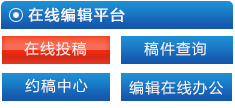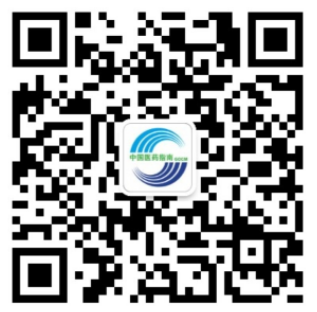应用研究
高血压患者PCI后发生AKI风险观察及原因分析
苑文杰
【摘要】 目的 观察高血压患者PCI术后发生AKI的风险,并对发生原因加以分析。方法 回顾选择我院2017年1月至2019年12月收治的262例PCI病例,年龄42~65岁,平均年龄(54.2±7.6)岁,其中伴有高血压疾病患者104例(M组),其余158例患者不伴有高血压疾病(N组),两组患者在年龄,性别,病史,PCI治疗过程,肾功能等方面差异值无统计学意义(P>0.05)。既往患有肝脏疾病、肾脏疾病、血脂、血糖异常的病例被排除在本研究之外。
【关键字】 心脏疾病,介入治疗,高血压,AKI
中图分类号:文献标识码:文章编号:
[Abstract]Objective To observe the risk of AKI in patients with hypertension after PCI and analyze its causes. Methods We retrospectively selected 262 cases of PCI treated in our hospital from January 2017 to December 2019, aged 42 to 65 years, with an average age of (54.2±7.6) years, including 104 patients with hypertension (group M), and the rest There were 158 patients without hypertension (group N). There was no significant difference in age, gender, medical history, PCI treatment process, and renal function between the two groups (P>0.05). Previous cases of liver disease, kidney disease, dyslipidemia, and abnormal blood glucose were excluded from this study. All patients had PIC indications and were treated with standardized clinical pathways via a radial artery approach. The contrast agent was iodixanol 320. They received aspirin 100 mg/d and clopidogrel 75 mg/d before and after surgery. Post-injection of low enoxaparin 0.5 mg/kg anticoagulation for 3 to 5 days.
由于当今社会人们生活习惯和饮食习惯的改变,冠心病具有极高的发病率,据流行病学统计,冠心病已经成为造成居民死亡的第二位疾病。对于冠心病的治疗可以有不同的方式,经皮冠状动脉介入治疗(percutaneous coronary intervention,PCI)具有极高的使用率。因PCI创伤小,患者恢复快、住院时间短、效果确切的优势,这种方式很快被医患双方所接受并广泛的应用于冠心病治疗领域,但与所用的治疗方式一样,其同样具有一定的手术风险和并发症[1]。急性肾功能损伤(acute kidney injury,AKI)是PCI术后常见并发症之一。AKI作为一种临床综合征,其发生与多种因素有关,本文的主要目的在于观察高血压患者PCI术后发生AKI的风险,并对发生原因加以分析。
1 资料与方法
1.1 一般资料 回顾选择我院2017年1月至2019年12月收治的262例PCI病例,年龄42~65岁,平均年龄(54.2±7.6)岁,其中伴有高血压疾病患者104例(M组),其余158例患者不伴有高血压疾病(N组),两组患者在年龄,性别,病史,PCI治疗过程,肾功能等方面差异值无统计学意义(P>0.05)。既往患有肝脏疾病、肾脏疾病、血脂、血糖异常的病例被排除在本研究之外。全部病例符合美国心脏病学会(American College of Cardiology,ACC)诊断标准,为冠状动脉疾病,具有PCI适应证。
1.2 方法 所有患者采取标准化临床路径治疗,经桡动脉入路,造影剂为碘克沙醇320,术前及术后接受阿司匹林100 mg/d和氯吡格雷75 mg/d双抗治疗,术后注射低依诺肝素0.5 mg/kg抗凝3~5 d。










